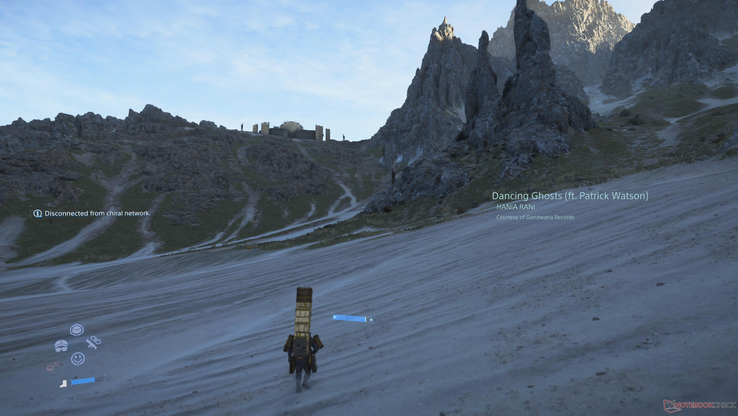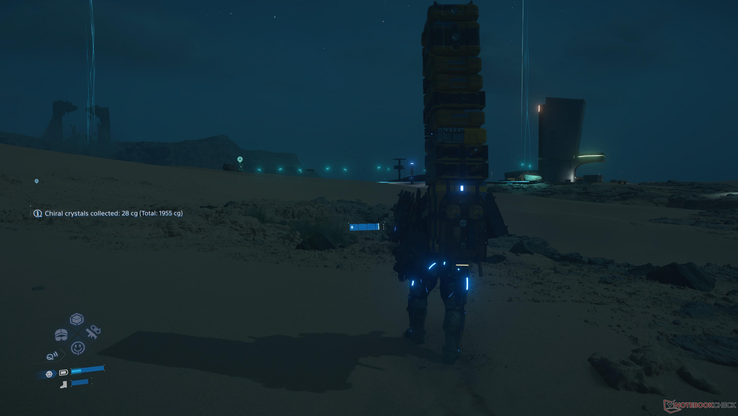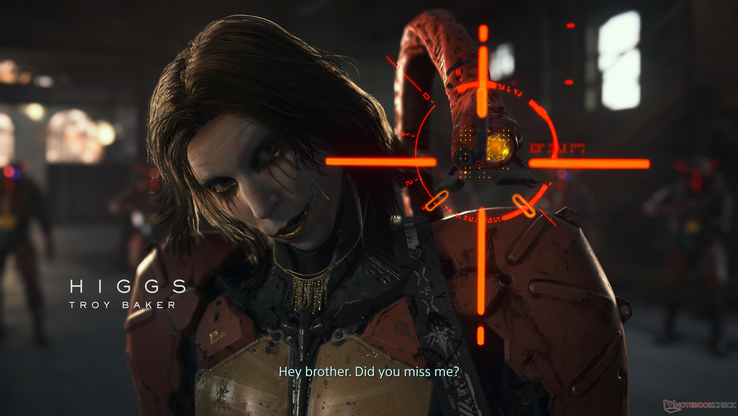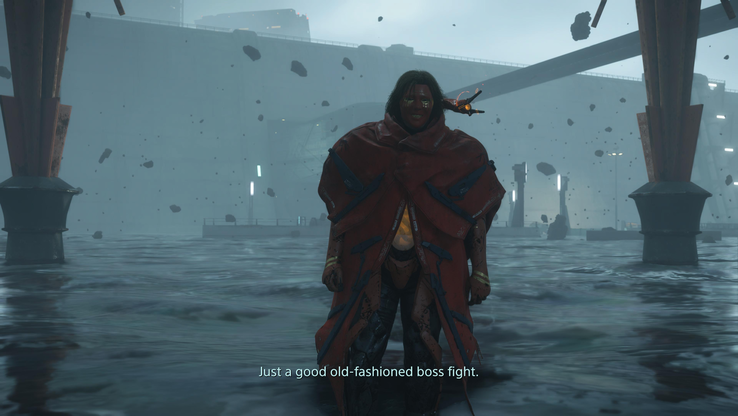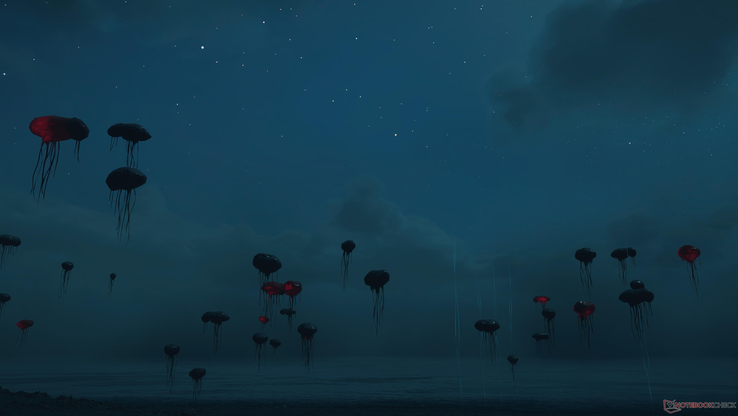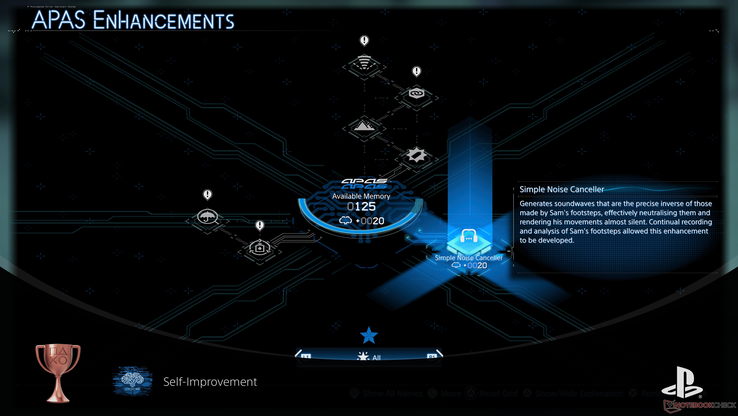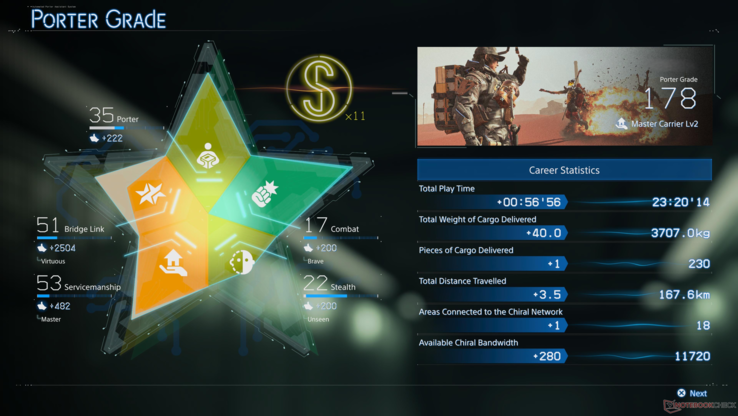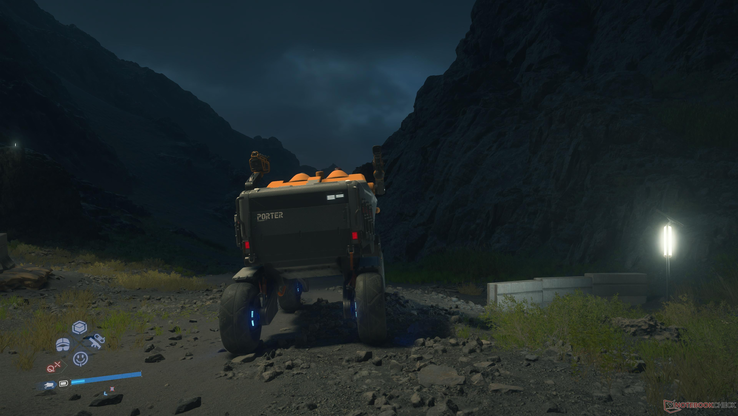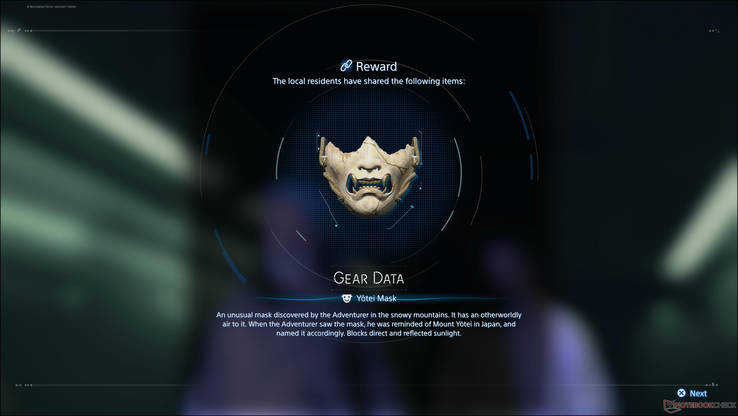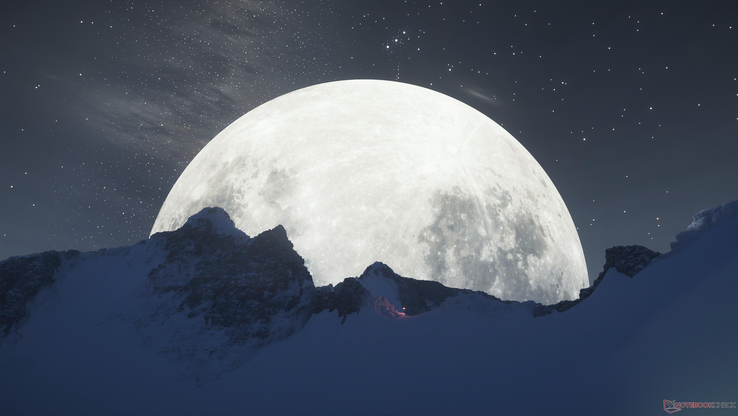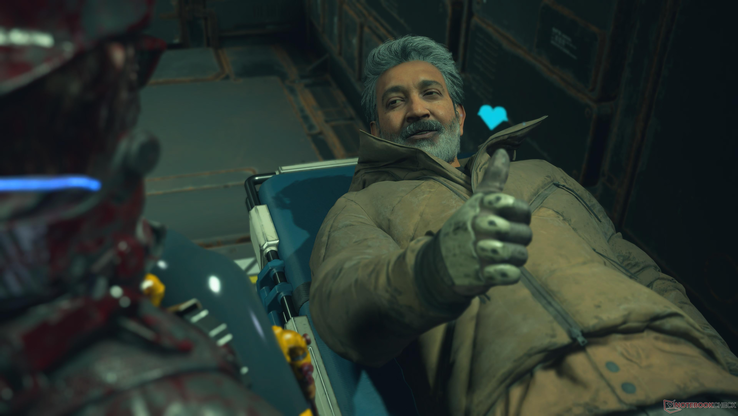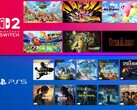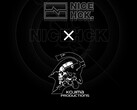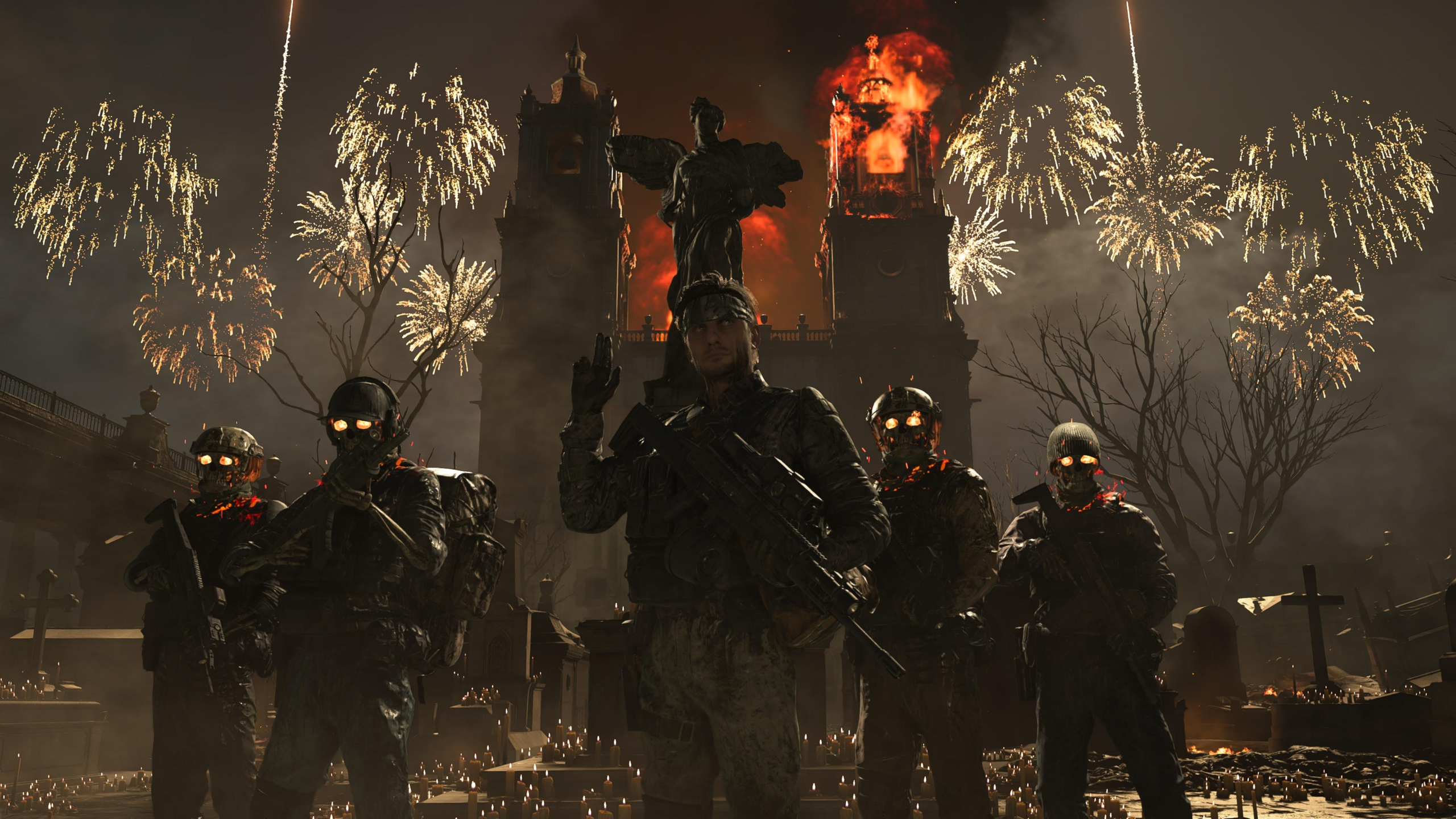
Death Stranding 2 review: Perfect sequel to an already stellar game
Anil Ganti, 👁 Alexander Wätzel Published 🇪🇸 🇵🇹 ...
The original Death Stranding was, and still probably is, one of the most divisive games to launch in recent history. Instead of trying to beat the walking simulator allegations, it embraces them and turns parcel delivery into a viable genre. So, how does one build upon an already questionable, shaky concept and release an entire sequel? For one, you need someone like Hideo Kojima at the helm with complete creative control, without Konami executives breathing down his neck. Combine that with the Decima engine, and we get an unparalleled experience that, unfortunately, requires a PlayStation 5. Will it eventually land on PC? Yes. Should you run out and buy a PS5 just to experience Death Stranding 2: On the Beach? Also yes.
The base PS5, on which I ran the game, offers only two graphics options: Performance and Quality. Playing at 30 FPS in 2025 is not ideal, but that’s what the Quality mode gets you, and honestly, the better visuals are worth the performance hit, especially with HDR thrown in the mix. Alternatively, you could do what I did and switch between the two: Quality Mode to admire the scenery and Performance Mode when you anticipate a battle.
Death Stranding 2 continues the story of Sam Porter Bridges and his entourage. Sam and Lou (the Bridge Baby from Death Stranding) are living a happy life before Fragile decides to show up unceremoniously and asks Sam to link Mexico to the Chiral network. Mexico isn’t host to too many nodes and sets a precedent for what the overall experience has in store. A series of unfortunate events follows, and Sam finds himself in Australia doing the same thing.
We get to meet new people on the DHV Magellan and reconnect with some old friends. Like the first game, most of the story is told through cutscenes and dialogue. Do not skip the cutscenes at any cost because you’ll miss out on some of the most iconic visuals ever seen in a video game, and I’m not exaggerating. Are some of them needlessly long? Yes. But come on, this is a Hideo Kojima game. I’d be surprised if there weren’t any feature-length movies. Like the first game, Death Stranding 2 features otherworldly sequences set in an alternate universe. This time, instead of WW2 trenches, you find yourself in what looks like a European city with a furious, totally-not-Solid Snake-like figure. It breaks up the game nicely and forces you to try a new playstyle that is usually discouraged in the base game.
Unfortunately, the Mimir-ification of gaming has caught up with Death Stranding 2. Dollman, a new character, is now strung on your hips. Thankfully, unlike Mimir, you can use him as a rudimentary scouting tool. Throwing him in the air can get you a sneak peek at an upcoming enemy base. It comes in handy in areas out of Chiral Network coverage. And he doesn't badger you with needless tactical inputs.
Those who haven’t played Death Stranding should go and experience that first. It isn’t mandatory, but many of the characters and lore won’t make sense unless you’re already familiar with the setting. While you can get a summary of its events from the main menu, it leaves out numerous vital bits. Yes, you can—and definitely should—play Death Stranding 2 just for the fun of it because this is unlike anything ever launched in the past few years.
In an interview, Hideo Kojima once said he wouldn’t make a movie because he’s too much of a perfectionist. And yes, we have Death Stranding 2, which, I’d argue, surpasses any feature-length film made in the past decade. The story, cutscenes, attention to detail, and dynamic, ever-changing world brought to life by the Decima Engine, the tropes, the twists, all come together to form what can be best described as a perfect hybrid between video games and cinema.
The core gameplay loop of Death Stranding 2 stays true to the original: Haul stuff from point A to point B. It seems simple enough, but the process can become exponentially frustrating as you progress. You have a multitude of tools to help with your deliveries. Automobiles, roads, bridges, ladders, and climbing anchors, to name a few. The real challenge lies in navigating through terrain obstacles, and if that wasn’t enough, Chiral Creatures have been thrown into the equation. Individually, they don’t amount to much but a group can quickly overwhelm your health or drain your vehicle’s battery.
Fast travel in a game that’s all about terrain navigation would be counterintuitive. However, it exists in a somewhat rudimentary form. The DHV Magellan can teleport between select areas, but any parcels delivered that way get a fixed rating. While it doesn’t work most of the time in the main story, it is enough to get side quests done quickly. Later in the game, you can teleport between any two points via a Transponder, with the biggest catch being that you leave all of your cargo behind at the nearest private locker.
Enemies are essentially the same, with BTs and M.U.L.Es (now rebadged as Armed Survivalists) dotting the landscape. Later on in the game, a third type of foe starts to show up, and they’re pretty formidable. Anything goes with BTs, but you have to be careful with human opponents. Lethal force is not an option; otherwise, you run the risk of a Voidout (massive explosion that eviscerates an entire area), and you don’t want that. Thankfully, most projectile-based weapons in Death Stranding 2 are non-lethal. Some blades, on the other hand, are not. Therefore, be sure to read the weapon descriptions thoroughly before heading out.
Geometry states that a line is the shortest distance between two points. But you’ll quickly have to unlearn that and start plotting complex routes to get around enemies, impassable terrain and pretty much anything that can damage your precious cargo. At the end of every delivery, you’re given a rating based on the amount of damage the package sustained during its journey. Some cargo is fragile and will crack with the slightest disturbance, while another type cannot be submerged in water. A few missions even have you hauling pizza through a BT-infested territory—on a timer.
The occasional bump or two is fine; anything more results in significant damage, which can tank your rating. Don’t sleep on your rating because it directly affects how many ‘Likes’ you get. Ironically, that is the closest thing Death Stranding 2 has to a currency. Get enough likes and you unlock more ‘stars’ with a location. Each subsequent star unlocks a new tier of upgrades that make your life much, much easier.
If you want to relive your Metal Gear Solid days, max out your relationship with the Lone Commander and Animal Shelter in Australia. I haven’t explored other playstyles, but each location offers a unique upgrade path. Technically, you can get five stars with every area, but that would make for a frustratingly long playthrough. It took me about 60 hours to get through the game, and there’s plenty of side content still left over. If you focus just on the story, you’ll probably get it done in 35-40 hours.
While Hideo Kojima straight-up revolutionised the concept of disempowerment and stealth, encounters are made easier by a period of slow-motion movement when you initially get detected. You get plenty of opportunities to dispatch the person who saw you and quickly skedaddle to another position. Does this alert enemies? Yes. Does the AI have magical tech that can zero in on your real-time location? Nope.
However, Sam isn’t nearly as disempowered as Solid Snake, at least in human encounters. There’s a good chance an engagement could start as Metal Gear Solid and end up like Gears of War. BTs, on the other hand, are an entirely different ballgame. If you get detected for long enough, you will get stuck in tar and relentlessly hounded until you escape or get rid of said BT. It’s pretty easy with just a BT or two, but they often roam in packs and can quickly overwhelm you. Some of the later segments that force you to engage in combat feel clunky. Even at ‘Normal’ difficulty, Sam could absorb an unholy amount of punishment. Top that up with a hefty supply of blood bags and Cryptobiotes, and you have a walking tank that can blast its way through the densest of bases.
Melee combat is fun, and with the right equipment, you can cause some serious damage. With the right loadout, every playstyle is viable, and that alone can help stymy the feeling of monotony that comes with delivering parcels. But it is needlessly overloaded with borderline useless mechanics that players will seldom use, such as parries. Make no mistake, nothing gets the dopamine flowing more than a successful parry, but that’s not why I picked up Death Stranding 2.
For reasons best known to Kojima, Death Stranding 2 features an absolutely hilarious mechanic that warrants mention. Most games force you to load an earlier save when you fail to complete certain encounters. Here, you have the option to pretend you won, with the only downside being that you don’t get a high rank for said encounter. As mentioned earlier, Sam is a damage sponge, so I could get past most boss fights relatively easily. Is there a hidden penalty for a fake victory? Let us know in the comments.
The first Death Stranding game required some serious willpower to get through. I’m glad I persevered because it made Death Stranding 2 much easier to digest and cherish. Will it win Game of the Year? Probably not. Yes, it has glowing reviews across the board, but it's not a game for everyone, just as Kojima intended. I’m not implying you need to be some ascended 1337 gamer to enjoy Death Stranding 2. However, it scratches a particular itch for certain people, and chances are, many will buy a copy based on the hype, play it for a bit, and say, “This isn’t for me,” before likely leaving a bad review. And that’s fine. But, when Death Stranding 2 clicks. It clicks. Every minute detail feels like a part of a hand-crafted experience made by thousands of talented developers. One moment, you’re in the middle of a desert with zero visibility, and a few deliveries later, you’re on a snowcapped mountain.
However, the community aspect of Death Stranding 2 puts it in a class of its own. Unlocking each node of the Chiral network transforms the landscape in real-time. That generator you plopped in the middle of nowhere may have helped someone halfway across the planet complete a delivery. That bridge you built helped thousands get across a river quickly. That observation tower at the very edge of the network coverage range trivialised the bandit camp next to it. That vehicle you abandoned mid-run helped someone get away from BTs. It is a real-world implementation of the Chiral Network, where everyone must work together to succeed.
Pros
Cons
Transparency
The selection of devices to be reviewed is made by our editorial team. The test sample was provided to the author as a loan by the manufacturer or retailer for the purpose of this review. The lender had no influence on this review, nor did the manufacturer receive a copy of this review before publication. There was no obligation to publish this review. As an independent media company, Notebookcheck is not subjected to the authority of manufacturers, retailers or publishers.
This is how Notebookcheck is testing
Every year, Notebookcheck independently reviews hundreds of laptops and smartphones using standardized procedures to ensure that all results are comparable. We have continuously developed our test methods for around 20 years and set industry standards in the process. In our test labs, high-quality measuring equipment is utilized by experienced technicians and editors. These tests involve a multi-stage validation process. Our complex rating system is based on hundreds of well-founded measurements and benchmarks, which maintains objectivity. Further information on our test methods can be found here.




